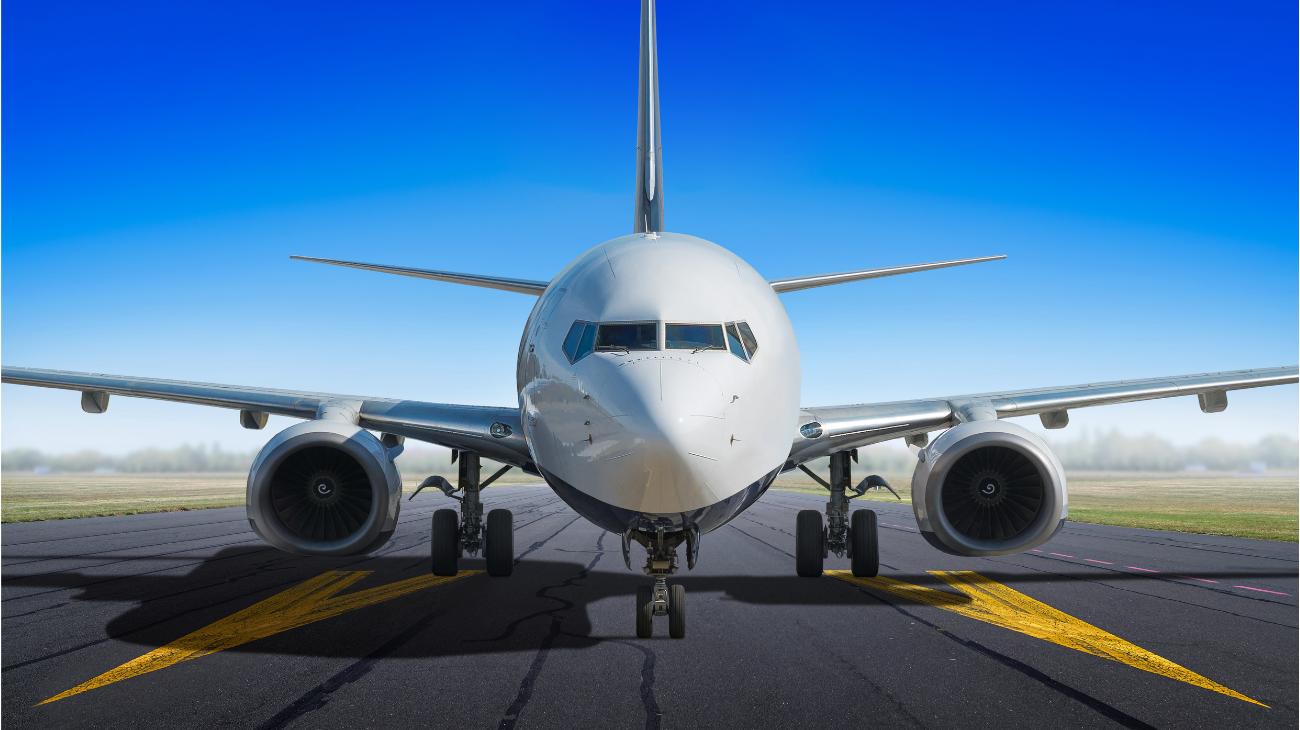Giving up travelling, exploring and nourishing the soul of new places and cultures to reduce CO2 emissions? Or nuts, no way! So what do we do?
Flying is business
First of all, air transport and flying are a business that feeds other businesses because, pandemics aside, the modern, globalised world cannot do without developing business relations beyond national borders.
What about civil flights? Reached a world record of 220 thousand flights in a single day.
The result of all this will be a net profit 2023 of approx. 9.8 billion for the airlines.
That said, air traffic is responsible for 5 per cent of global warming and involves some 4.5 billion passengers. It is assumed that they will become 10 billion in 2050, the same year in which zero impact is targeted.
Flying is unsustainable
With this in mind, one can understand the strong push towards an ecological transition in the sector, based on the use of biofuels instead of fossil fuels.
Sustainable aviation fuels called Saf (Sustainable aviation fuel) will include synthetic fuels, such as hydrogen, and those derived from agricultural or forestry residues, algae, organic waste, used cooking oil and some animal fats. Recycled fuels produced from exhaust gases and plastic waste are also considered ‘green’.
Stefano Ballista, managing director of Eni Sustainable Mobility, said said that ‘since November 2022, biorefineries have stopped processing palm oil and are using waste and residues of vegetable or animal origin, such as used frying oils and animal fats.
In prospectively increasing quantities, we will also use in our plants vegetable oils from crops on degraded land, unsuitable for food production and with little need for water, which Eni is developing in Africa’.
Flying is innovation
The e-fuel generated by combining hydrogen produced from renewable energies with carbon dioxide captured from the atmosphere represents for many the alternative fuel par excellence, provided that the currently too high production costs, eight times higher than those of conventional paraffin, can be reduced.
Safs, currently produced to a rather limited extent, will have to make up 2% of the fuel used from 2025 and 70% by 2050, according to the European Parliament’s ReFuelEU programme.
And from 2025 onwards, each flight will be labelled in environmental terms, indicating both the ecological footprint of each passenger and the CO2 emission per kilometre.
Another factor in sustainable development is the transfer of some air traffic to high-speed rail, fostering intermodality and direct connection between rail routes and airports with the aim of reducing emissions by 30% by 2030 and achieving carbon neutrality in 2050.
At what price? Exorbitant. Rafael Schvartzman, vice-president of Iata (International Air Transport Association), estimates a total cost of around EUR 5 trillion to realise net zero by 2050.
But what would be the environmental price? Probably incalculable. Already today, air transport accounts for 2.6 per cent of global CO2 emissions.
As they say, nothing is free…but will we be willing to pay more for every airline ticket for the next 30 years?
Play for the planet!
